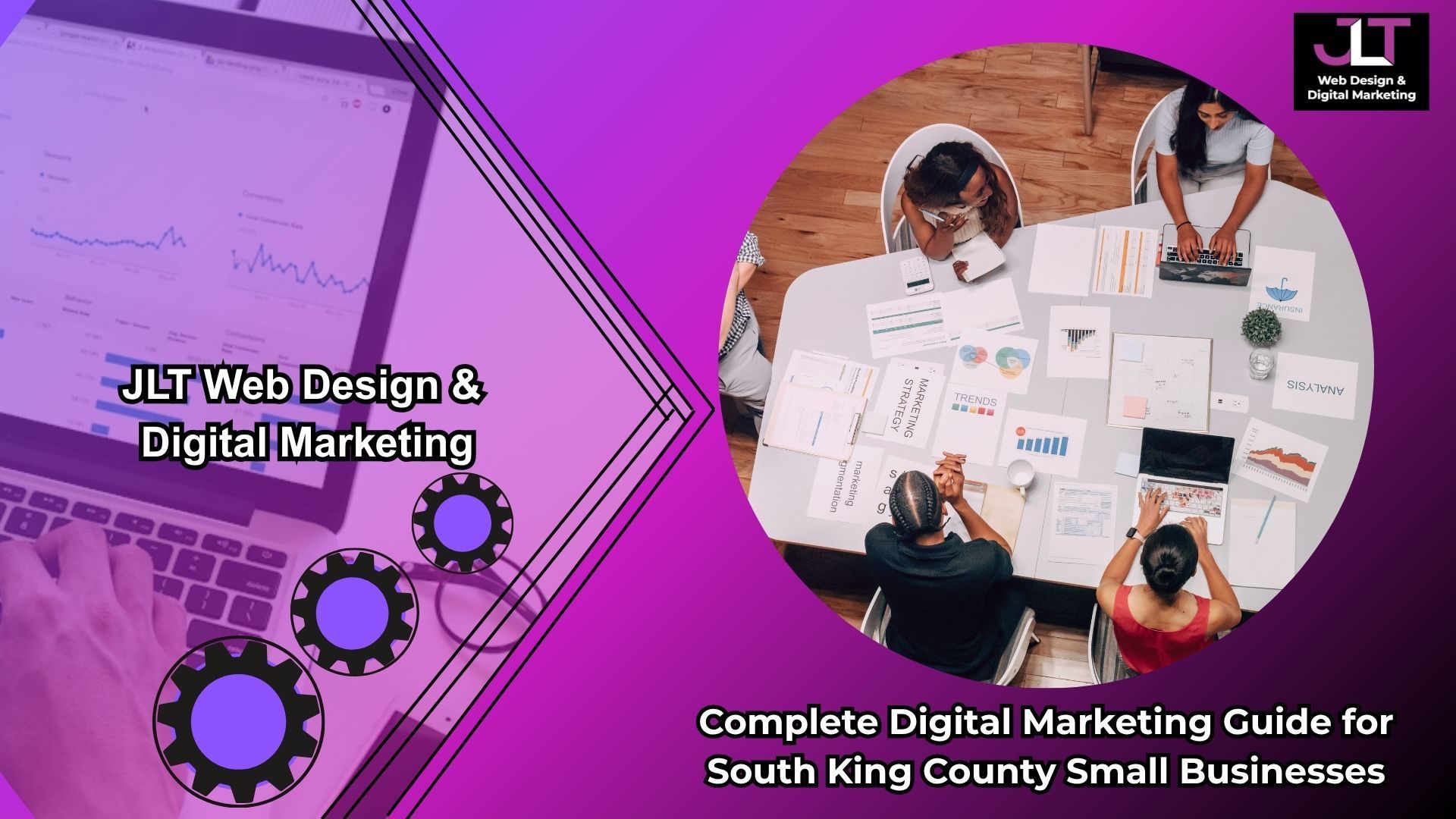How to Optimize Your Website for SEO

Proven strategies to optimize your website for SEO
In the ever-evolving landscape of digital marketing, Search Engine Optimization (SEO) remains a cornerstone for online success. The strategies for SEO continue to advance, driven by changes in search engine algorithms, user behavior, and technological innovations. In the ever-evolving landscape of digital marketing, Search Engine Optimization (SEO) remains a cornerstone for online success. The strategies for SEO continue to advance, driven by changes in search engine algorithms, user behavior, and technological innovations.
Understanding the SEO Landscape
Before diving into specific optimization techniques, it’s essential to grasp the broader context of SEO. Here are some key trends shaping the SEO landscape this year:
1. Local SEO: With more searches being conducted on mobile devices, local SEO has gained prominence. Ensuring your business is listed accurately in local directories and optimizing for location-specific keywords can drive local traffic.
2. Voice Search Optimization: With the rise of voice-activated assistants like Siri, Alexa, and Google Assistant, optimizing for voice search is becoming crucial. This means focusing on natural language queries and question-based keywords.
3. Mobile-First Indexing: Google’s shift to mobile-first indexing emphasizes the importance of mobile-friendly websites. Ensuring your site is responsive and provides a seamless mobile experience is critical for maintaining and improving search rankings.
4. Core Web Vitals: Google’s emphasis on user experience through Core Web Vitals – which include metrics like loading speed, interactivity, and visual stability – means that technical SEO is more important than ever.
5. High-Quality, Relevant Content: Content remains king, but the focus is increasingly on producing high-quality, relevant, and engaging content that meets the searcher's intent. Long-form content, comprehensive guides, and in-depth articles tend to perform well.
6. E-A-T (Expertise, Authoritativeness, Trustworthiness): Google's E-A-T guidelines highlight the need for content that demonstrates expertise, authoritativeness, and trustworthiness. This is particularly important for YMYL (Your Money Your Life) sites that impact financial decisions, health, and safety.
7. AI and Machine Learning Integration: Search engines, especially Google, are increasingly utilizing AI and machine learning algorithms to deliver more personalized and accurate search results. Understanding how these algorithms work can help in crafting content that aligns with search engine preferences.
8. Video Content Optimization: The growing consumption of video content necessitates optimizing video for SEO. This includes proper tagging, using transcripts, and creating engaging video content that can rank in search results and attract traffic.
9. Featured Snippets and Zero-Click Searches: Featured snippets are becoming a significant traffic driver. Structuring content to answer questions concisely and using schema markup can increase the chances of appearing in these snippets.
10. Security and Privacy: With increasing concerns over data privacy and security, having a secure website (HTTPS) is not just a ranking factor but also a trust signal to users. Ensuring your site is secure can enhance both SEO and user trust.
Step-by-Step Guide to Optimizing Your Website for SEO
1. Conduct Comprehensive Keyword Research
Keyword research remains the foundation of any effective SEO strategy. Here’s how to approach it in 2024:
- Use Advanced Tools: Utilize tools like Ahrefs, SEMrush, and Google Keyword Planner to identify relevant keywords and analyze competition.
- Focus on User Intent: Understand the intent behind search queries—whether informational, navigational, or transactional—and create content that matches this intent.
- Incorporate Long-Tail Keywords: These are less competitive and often cater to voice search queries. They also tend to have higher conversion rates.
2. Optimize for Mobile
Given the dominance of mobile devices, optimizing your site for mobile is non-negotiable:
- Responsive Design: Ensure your website adapts seamlessly to different screen sizes.
- Fast Load Times: Use tools like Google PageSpeed Insights to identify and fix issues slowing down your site. Aim for a load time under three seconds.
- User-Friendly Navigation: Simplify your menu and use large, tappable buttons to enhance mobile usability.
3. Focus on Content Quality and Relevance
Content is still king in 2024, but quality and relevance are paramount:
- Create Valuable Content: Focus on producing in-depth, original content that provides real value to your audience. Use a mix of formats like blogs, videos, and infographics.
- Update Existing Content: Regularly update your older posts to keep them relevant and accurate. This not only improves SEO but also enhances user experience.
- Optimize for Featured Snippets: Structure your content to answer common questions directly and succinctly, increasing the chances of being featured in snippets.
4. Improve Your Site’s User Experience
Google’s Core Web Vitals underscore the importance of user experience:
- Enhance Page Speed: Compress images, leverage browser caching, and minimize JavaScript to speed up your site.
- Ensure Stability: Avoid layout shifts that can disrupt the user experience by specifying size attributes for images and videos.
- Improve Interactivity: Reduce the time it takes for pages to become interactive by optimizing JavaScript execution.
5. Build High-Quality Backlinks
Backlinks from reputable sites signal to search engines that your content is trustworthy:
- Create Link-Worthy Content: Produce content that is valuable and shareable to attract natural backlinks.
- Engage in Outreach: Build relationships with industry influencers and bloggers who can link to your content.
- Utilize Guest Posting: Contribute to reputable websites in your niche, providing valuable content in exchange for backlinks.
6. Optimize for Local SEO
If you run a local business, optimizing for local SEO can drive more targeted traffic:
- Claim and Optimize Your Google Business Profile Listing: Ensure your business information is accurate and complete, and regularly update your listing with posts and reviews.
- Local Keywords: Incorporate keywords that include your location to attract local customers.
- Encourage Reviews: Positive reviews on platforms like Google and Yelp can boost your local rankings.
7. Leverage Social Media
While social media signals aren’t direct ranking factors, they influence SEO indirectly:
- Promote Content: Share your content on social media to increase its visibility and drive traffic to your site.
- Engage with Your Audience: Build a community around your brand by engaging with followers and encouraging shares and comments.
- Utilize Social Proof: Highlight user-generated content and reviews to build trust and credibility.
8. Monitor and Analyze Performance
Regularly reviewing your SEO performance is crucial for ongoing improvement:
- Use Analytics Tools: Platforms like Google Analytics and Google Search Console provide valuable insights into your site’s performance.
- Track Key Metrics: Monitor metrics such as organic traffic, bounce rate, and conversion rates to identify areas for improvement.
- Adapt and Iterate: SEO is not a one-time effort. Continuously refine your strategies based on data and changing trends.
Conclusion
Optimizing your website for SEO requires a holistic approach that encompasses content quality, user experience, technical performance, and strategic link building. By staying abreast of the latest trends and continuously refining your SEO practices, you can improve your website’s visibility, attract more organic traffic, and ultimately drive business growth. Remember, SEO is an ongoing process, so stay committed to learning and adapting to maintain a competitive edge.
Jeff Thungc is a Digital Solutions Strategist with JLT Web Design & Digital Marketing - a leading local agency in Kent, WA that helps local businesses and non-profit organizations increase revenue and reduce expenses through leveraging the Internet and technology. With over a decade of experience in digital media, IT, and project management (PMP), Jeff uses his expertise to provide ultra-user-friendly website platforms and online presence strategies to empower his clients to champion their digital marketing efforts. JLT Web Design & Digital Marketing is ranked #1 on Google in Kent, WA for web design, SEO, and social media management, and has received numerous awards in the business community. Connect with Jeff on
LinkedIn or learn more about his work at
JLT Web Design & Digital Marketing.
Follow and Like Us







